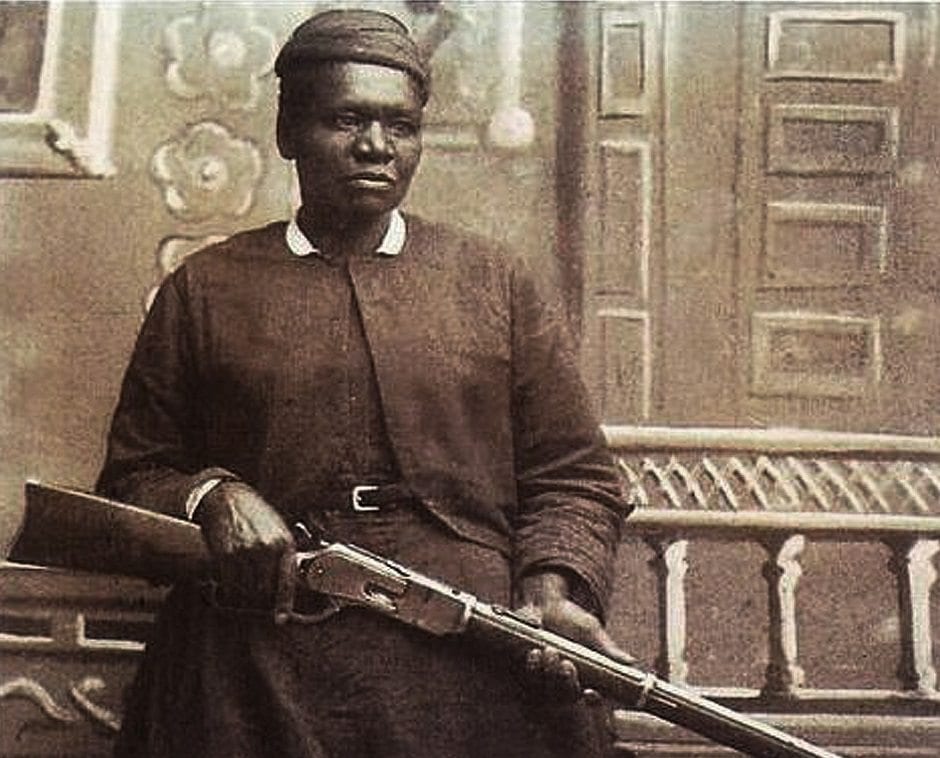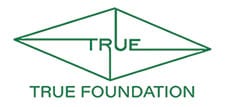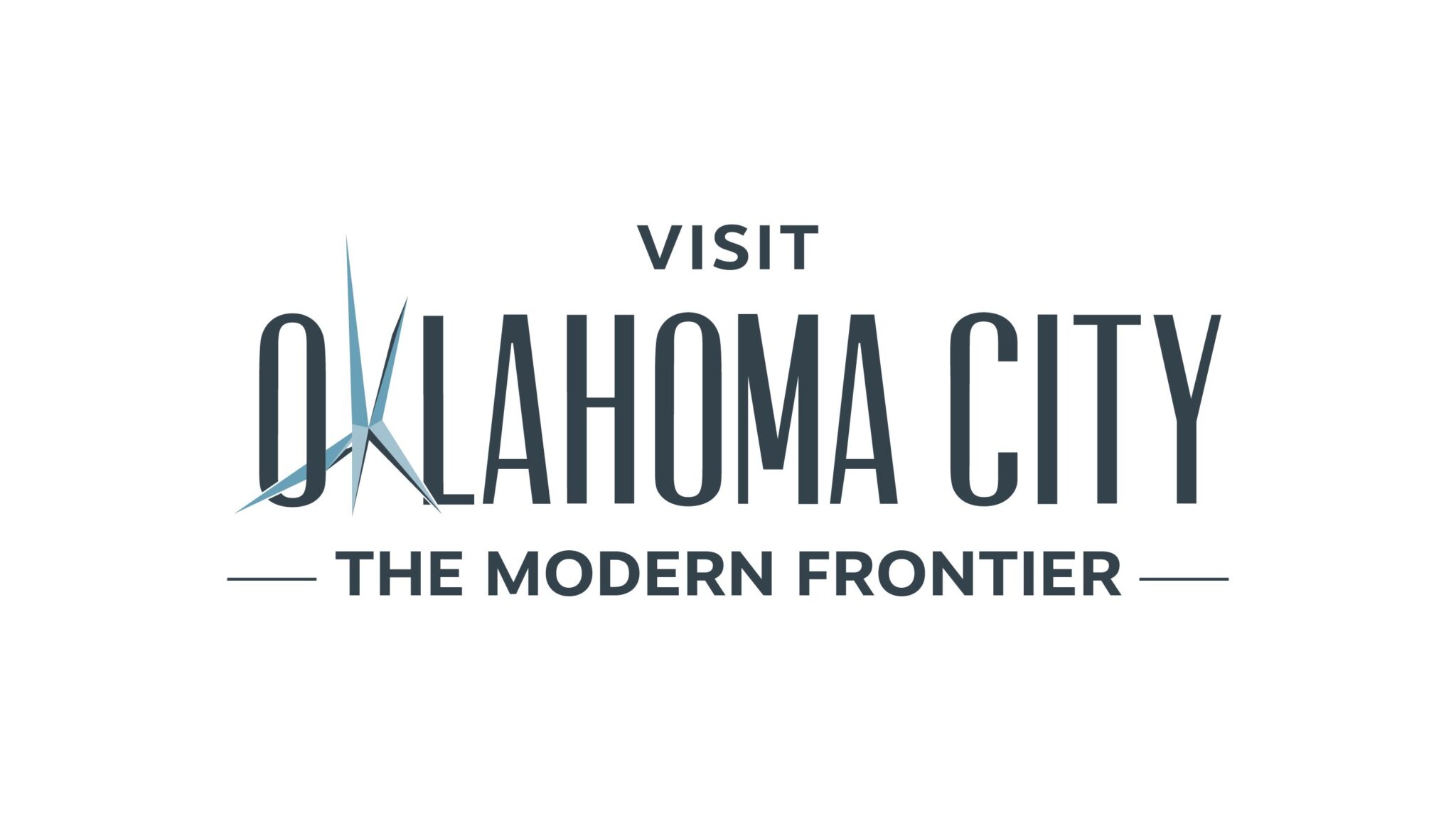Mary Fields lives in history for being the first African American woman mail carrier for the United States, but also for her rebellious, cigar-smoking, whiskey-drinking, gun-toting character. Widely respected in late 19th century rural Montana, Fields unquestionably broke the mold for women and girls, but accounts of her life weave through myth, legend, and fact.
Stories about Fields vary from source to source, but the most common theme is of her brazen, bold, and daring personality. There is no question she was a strong African American woman in a time when being a woman alone was stifling and offered few options. It is said, over the course of her life, she worked on a steamboat, as a laundress, owned a cafe, hauled supplies for a rural school, and delivered mail in Montana regardless of the amount of snow on the ground. Her tenacity and resilience shines throughout her adventures.
Born in Tennessee around 1832, Field’s life started with no thanks or praise. She was a slave for 33 years until slavery was outlawed in 1865. There are conflicting reports of her enslavement – who owned her, what tasks she was forced to work – but in 1863 she accompanied Judge Edmund Dunne’s five children from San Antonio, Florida, to a convent in Toledo, Ohio. Dunne’s wife had recently died of pneumonia, and his sister was the Mother Superior of the Roman Catholic Ursaline convent. Some sources say that Mother Amadeus and Fields were already acquainted before they met in Toledo, but, regardless, their friendship and loyalty to each other would shape the rest of their lives.
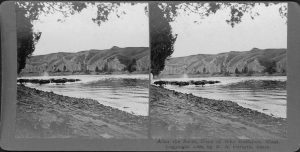
After a stint emptying chamber pots on the famed steamboat Robert E. Lee, Fields accepted a position working at the convent in Toledo, tending the garden and fastidiously manicuring the courtyard lawns. She is described as always wearing a black dress, black apron, black skull cap, and rarely without a half-chewed cigar hanging from her mouth. No doubt she made quite an impression on the nuns and school children at the convent.
When Mother Amadeus was asked to build and run a Native American and pioneer boarding school in rural Montana in 1884, Fields stayed in Ohio. The next spring, however, she received news that Mother Superior had contracted pneumonia. Mary left everything and went to nurse Mother Amadeus back to health. Having completed the 1,600 mile journey to Montana, she decided to stay for good, and she helped the nuns build stone structures that would eventually be known as Saint Peter’s Mission, 19 miles outside of Cascade.
With the town in easy travel distance, Fields quickly became a known figure to the residents. Her fiery temper and willingness to seek retribution for any grievance kept most people in check, but every so often someone crossed the line. There are stories of Fields throwing rocks at people who had insulted her, and at least one account of Fields challenging a local man to a duel. Her bullet barely missed the man, and when the local bishop found out, he was forced to remove Fields of her duties at the mission. It was 1894, and Fields was 62 years old.
She moved into Cascade proper and worked as a laundress, and later opened a cafe. After giving away too much food and forcing the cafe to close, Fields had to yet again reinvent herself. In 1896 she was awarded a contract with the United States government to carry mail from the train station in Cascade to the mission, making her the second woman and first African American woman to deliver mail in the United States.
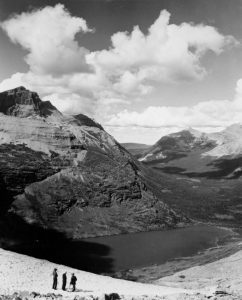
It was the perfect solution. Fields was still able to see Mother Amadeus and her other friends at the mission, while also using her skills with horses and a buggy. Some accounts say she was awarded the contract because she was able to secure the horses to the buggy faster than any man, but others say it was because she negotiated the lowest rate. Either way, Fields successfully delivered the mail every day for 8 years, regardless of temperature, weather, or wild animal attacks.
As the years passed, Fields became a local treasure. She often looked after children in the town including legendary actor Gary Cooper, who attributed his Western persona to her in an article published by Jet Magazine. After a law was passed forbidding women from entering saloons in Cascade, Fields was granted permission from the mayor to be the only woman allowed to patron the bars. She was also a vocal supporter of the baseball team, and could be found at nearly every game.
On December 5, 1914, Fields died in a hospital in Great Falls, Montana. The residents of Cascade mourned the loss of their local legend, but kept the memory of Mary Fields alive through telling the colorful stories of her life.
These stories are brought to you by the Annie Oakley Society and the Dickinson Research Center of the National Cowboy & Western Heritage Museum in honor of Woman’s History Month.
The Annie Oakley Society at the National Cowboy & Western Heritage Museum was formed seven years ago to celebrate the past and present leadership roles that women play in Western heritage. The society celebrates the diversity of America’s heritage by honoring significant women who have achieved a remarkable first or who have been a trailblazer of national notoriety. The honorees are recognized each year at the Annie Oakley Society Awards Luncheon, with all proceeds benefitting educational programing initiatives at the National Cowboy Museum. For additional information regarding membership please contact e-mail or call (405) 478-2250, Ext. 233 Diana Fields for assistance.
Cover image: Mary Fields, circa 1895.Public domain.Accessed March, 9 2018 from: http://commons.wikimedia.org/

